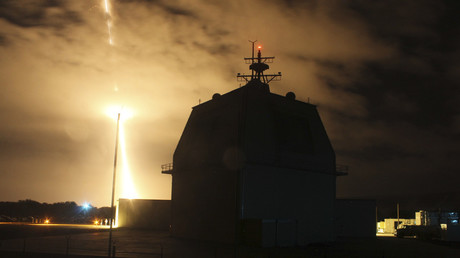Luxury fashion marketplace Farfetch closes at $28.45, up 42% on its first day of trading on NYSE
It’s been a strong year for tech IPOs so far, and it looks like today’s debut of Farfetch — a UK-based shopping site for luxury fashion — is on trend, so to speak. The company opened trading today — on NYSE under the ticker FTCH — at $27, making for a decent pop of 35 percent. The opening followed the company announcing late Thursday evening that it had priced its IPO at $20/share to raise $885 million from the sale of 44,243,749 Class A shares. This was above the expected range of $17 to $19, and gives the company a market cap of $5.8 billion.
The stock went as high as $30.58/share during the day before closing at the end of the day at $28.45.
This is generally a strong showing for Farfetch, for e-commerce, and also for those who are working in the area of online sales focused not on bargains and the middle-to-lower end of the market, but the higher-priced end aimed at luxury goods — a market that was estimated to be worth $307 billion in 2017 and projected to reach $446 billion by 2025 (according to Bain, and cited in the original IPO filing).
Notably, in that filing, the company had put in a provisional marker for raising $100 million, which in the end was much lower than what it raised. At the time it was speculated that Farfetch would reach a valuation of anywhere between $6 billion and $8.37 billion — but it fell short of that.
As we have noted before, Farfetch was an early mover in the area of building e-commerce marketplaces specifically catering to the luxury fashion and other luxury goods industries. This end of the market was somewhat slow to embrace digital shopping: the belief was that for higher-end goods, you needed higher-end, more personalised and in-person service at beautiful boutiques.
With that backdrop, Farfetch started out by working with boutiques and fashion houses that had yet to establish any kind of online commerce profile of their own. “These sellers have been cautious in their adoption of emerging commerce technologies,” as Farfetch puts it in their IPO filing.
By pooling them together, Farfetch was able to create a high-end experience that was bolstered by its scale and reach. In the meantime, the average shopper for luxury goods has come a long way: at the younger end they are digital natives and expect to buy online (some even bypass sites altogether and only do so through messaging platforms), and there are a lot more of them, coming from cities far from fashion centers like London, Paris and New York. They may not always be able to fly instantly to buy pieces, but they can always click a mouse or tap their smartphone screens.
It’s still a relatively nascent market all the same.
“The luxury market is such a massive market, and so under-penetrated online. Only nine percent of sales happen online, and it’s a $100 billion opportunity,” said Danny Rimer, a partner at Index, one of Farfetch’s biggest investors.
(Farfetch’s most recent acquisition and major investment were both out of China to target these specific shoppers.)
“Farfetch is the leading technology platform for the global luxury fashion industry,” it notes in the prospectus. “We operate the only truly global luxury digital marketplace at scale, seamlessly connecting brands, retailers and consumers. We are redefining how fashion is bought and sold through technology, data and innovation. We were founded ten years ago, and through significant investments in technology, infrastructure, people and relationships, we have become a trusted partner to luxury brands and retailers alike.”
The company has turned into one of the leaders of the turn that the luxury fashion world has made to e-commerce. Farfetch had nearly 1 million (935,772) active consumers as of December 31, 2017, with that figure growing 43.6 percent over the year, making it the world’s largest marketplace for luxury goods.
But growth is somewhat slowing: in December 31, 2016, it had 651,674 active consumers, which was up 56.8 percent in the previous year.
In terms of its financials, in 2017 Farfetch had revenues of was $386 million, up 59.4 percent versus 2016; and $242.1 million in 2016, up 70.1 percent versus 2015.
The company says that it made an operating profit of $136.9 million for the first six months of this year (vs $94.4 million the year before in the same period), but it is also making a net loss (after deducting tax etc.): $68.4 million for the first six months of this year, up from $29.3 million in the same period a year before.
Gross merchandise value is growing. GMV in 2017 was $909.8 million, 55.3 percent up on 2016. The previous year it grew 53.4 percent ($585.8 million in 2016).
It’s also still early days for Farfetch and other companies (Matches is one big competitor) that are targeting the luxury fashion sector.
We’ll update this post throughout the day.
Read more
September 21, 2018 at 06:31AM
from TechCrunch
via IFTTT




No comments